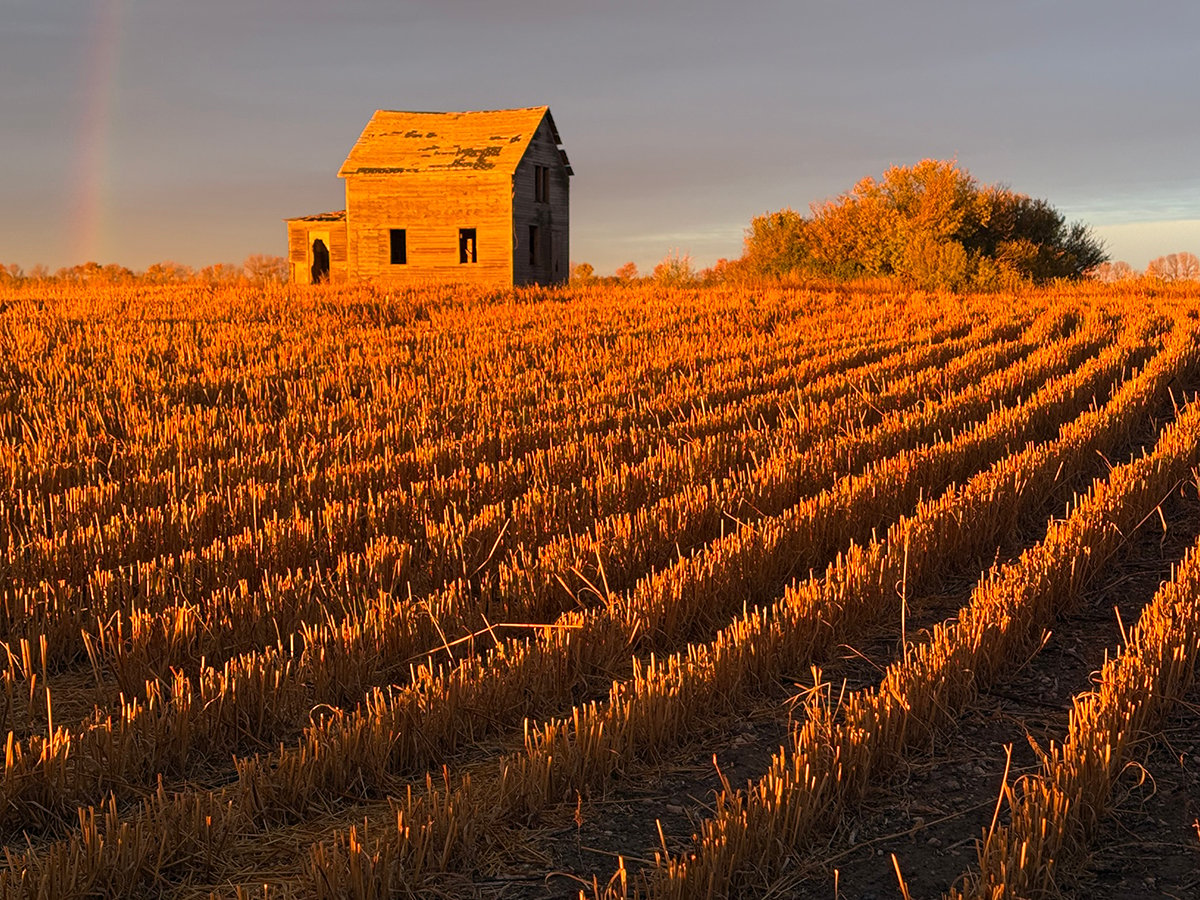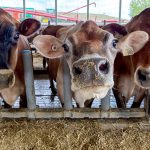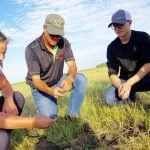CANMORE, Alta. — Climate change research needs to demonstrate how farmers can adapt to increased carbon dioxide levels and unpredictable weather.
Murray Hartman, an Alberta Agriculture oilseed specialist, said considerable work and money is devoted to the long-term implications of climate change, but more research is needed to show how farmers can cope with new weather patterns.
“From a farming point of view, that is practical and useful,” he said at a recent Canola Council of Canada conference in Canmore.
“What weather is going to be 30 years from now is not so important. What weather will be in three months, that is important.”
Read Also

Forecast leans toward cooling trend
July saw below average temperatures, August came in with near to slightly above average temperatures and September built on this warming trend with well above average temperatures for the month.
Farmers need better seasonal forecasts to assist in planning, he added.
“We can’t control the weather, but if we could predict the weather that would be the next best thing. Weather forecasts have a pretty bad reputation.”
For example, May to July precipitation forecasts should be available by April 15 to help plan for seeding. Farmers might also value how many days could be warmer than 30 C and when to expect the last spring frost.
Other useful information includes snow pack depths and winter temperature minimums to help determine whether crops such as winter canola might survive.
Hartman said other research should start looking at how to capture the benefits of more carbon dioxide in the atmosphere.
Farmers need to know which plants do better when there is more carbon dioxide available and how might they respond to nitrogen. Some may have stronger root systems and greater nitrogen uptake if more carbon dioxide is present.
Ray Garnett of Agro Climatic Consulting of Winnipeg said getting as specific as farmers might like is a tall order, but offering forecasts over a large area is easier.
He works with private clients on seasonal forecasts and will be releasing his next prediction in December.
Environment Canada provides seasonal forecasts. However, this year it predicted above normal early spring precipitation for the Prairies, when in realty the opposite happened and drought prevailed across the West.
The government department uses a global circulation model on a super computer to make long-range forecasts, but it cannot simulate clouds or stratospheric wind reversals.
Garnett takes a different approach.
His forecast includes an analysis of global phenomena such as the Pacific decadel oscillation. Ocean movement and sea surface temperatures can affect climate, and the current conditions are indicating a mild prairie winter.
He also monitors solar activity and the Madden Julian oscillation, which is a 30 to 50 day event that can affect Western Canada’s climate.
Sunspots run in cycles, and the world is in year eight of the current cycle, in which there is less activity. The current cycle has already lasted longer than the usual 11 years of quiet and flare ups.
“On an annual basis with low sunspot activity, the Prairies are wetter than normal,” he said.
Cosmic rays provide a cloud seeding effect when the sun is inactive and cause more rain.
Drier weather occurs during periods of high sunspot activity.
Garnett is also anticipating a cooling trend because of low solar activity.
barbara.duckworth@producer.com















